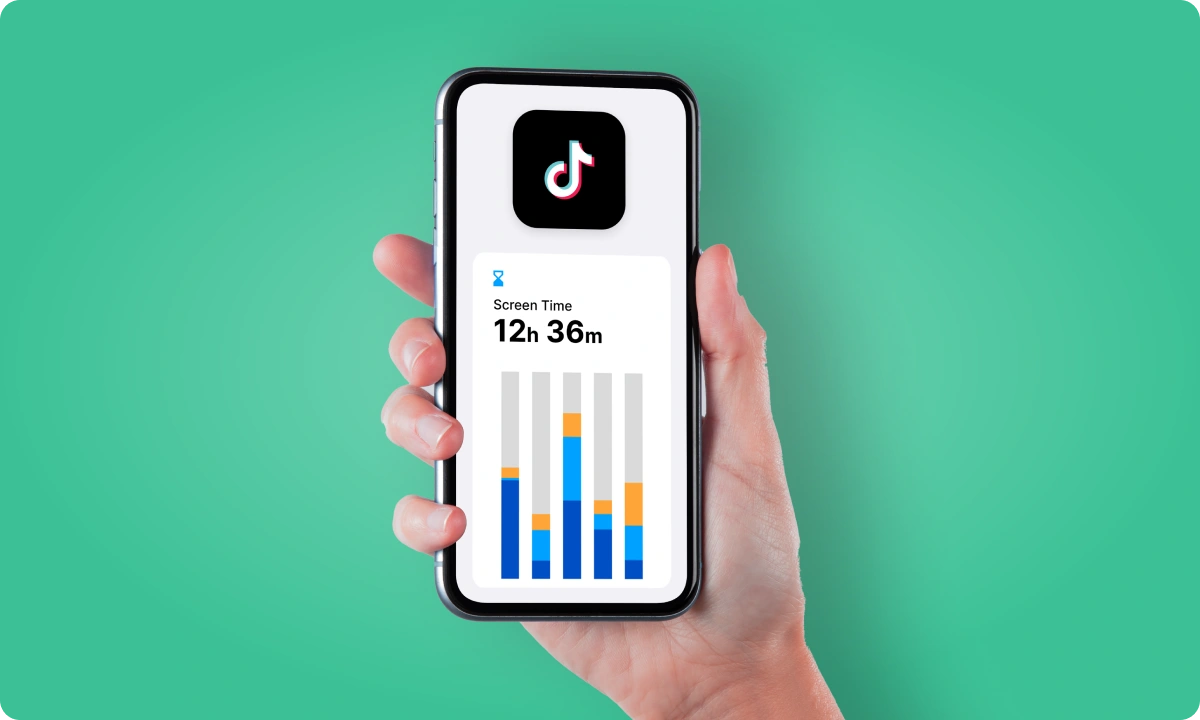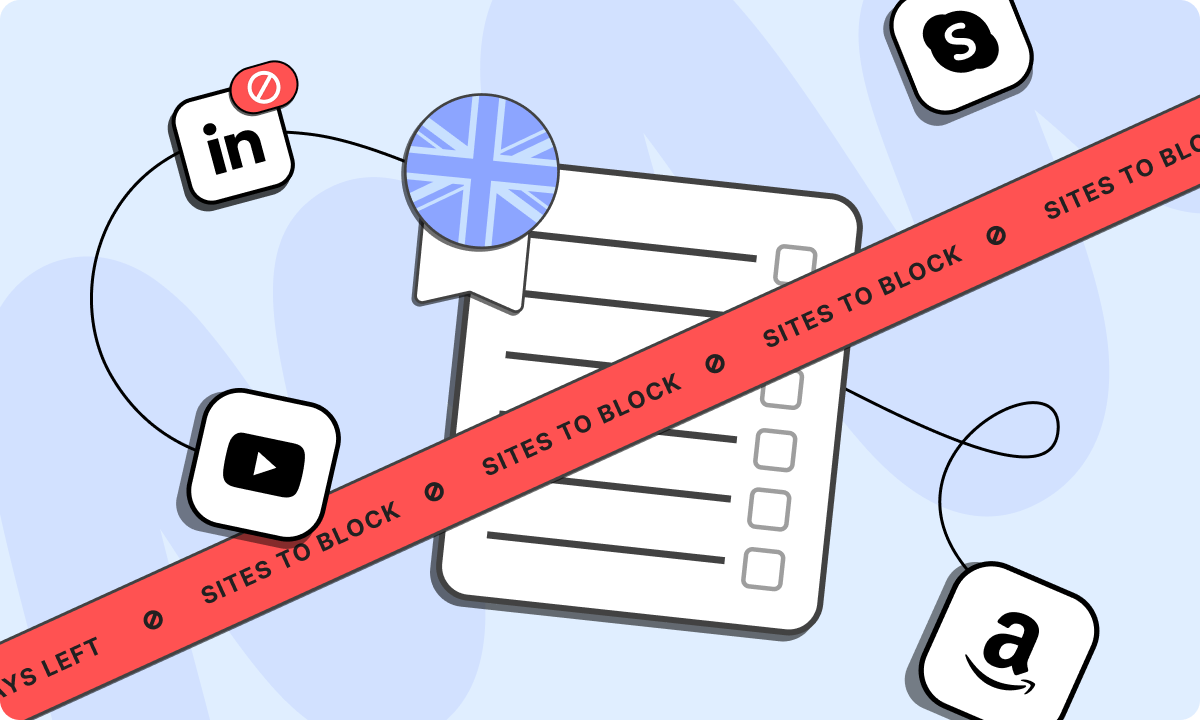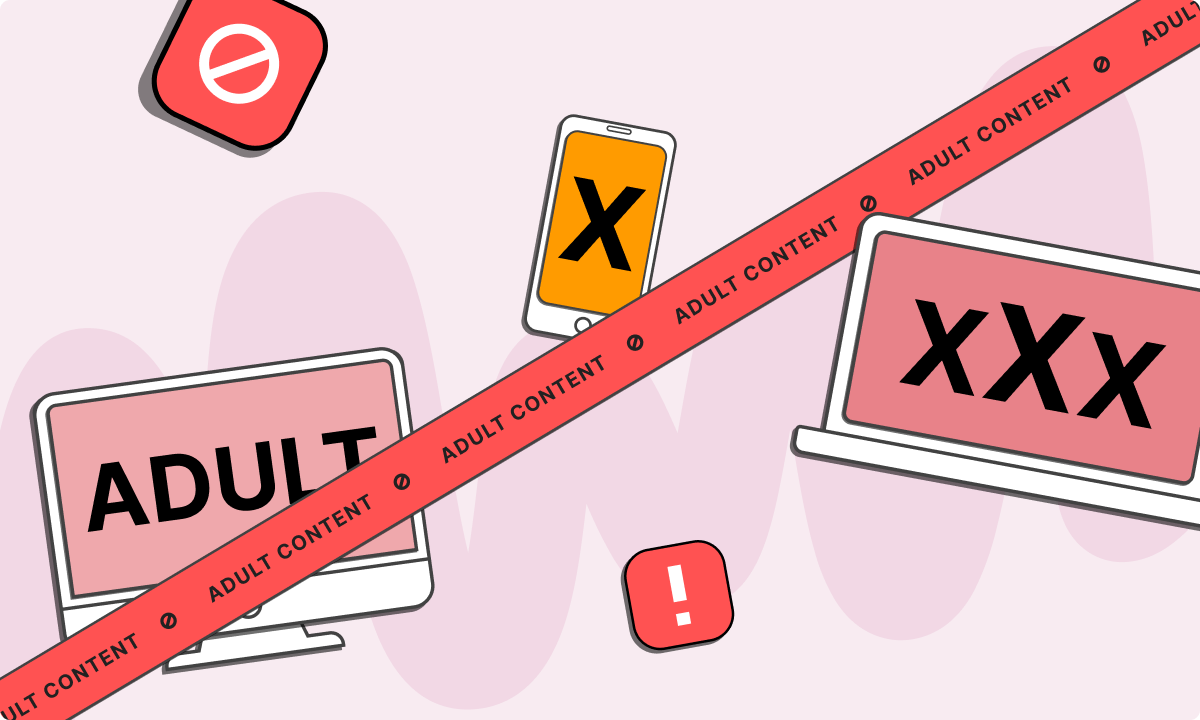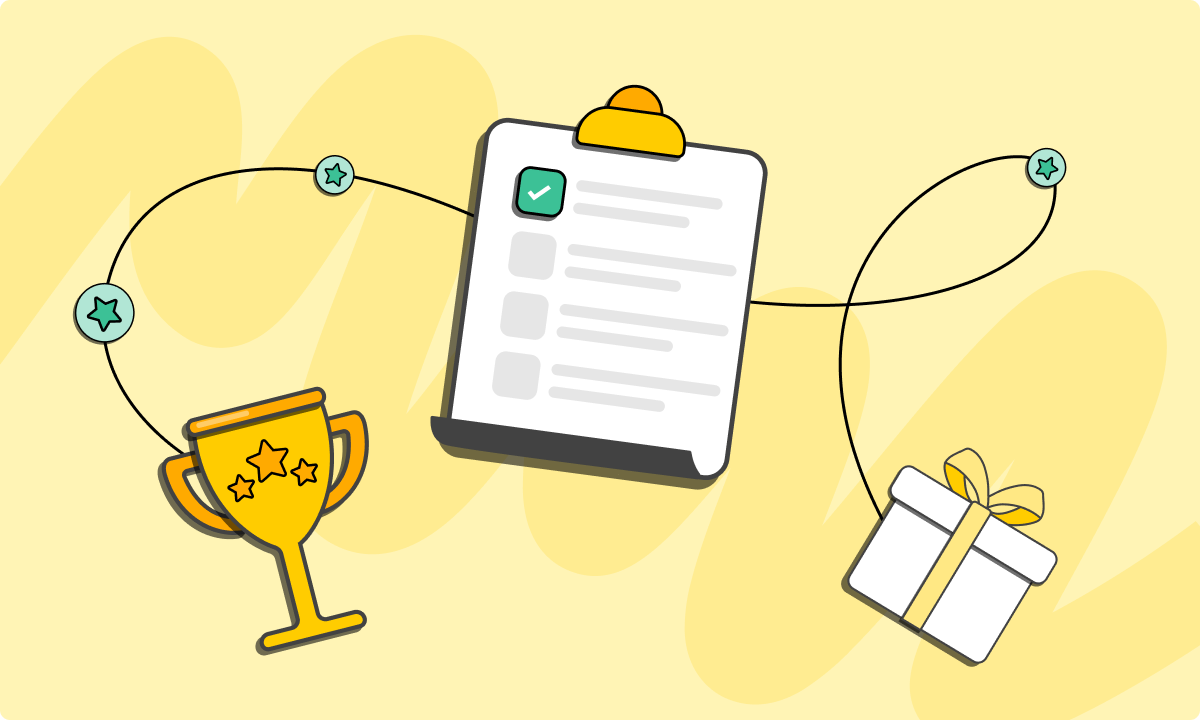TikTok has emerged as a major player in today’s digital landscape, captivating users for extended periods. Statistics revealed that in 2023, most users are spending an astonishing 95 minutes daily on this social media platform (DataProt, 2023). This significant engagement, averaging around 53.8 minutes daily according to Statista, underscores the app’s addictive nature.
Look: If you find yourself among those spending substantial time on TikTok and seeking ways to break free, this article offers practical strategies to help you regain control and balance in your digital life.
What is TikTok Addiction?
TikTok addiction is a growing concern in our fast-paced digital world. It’s characterized by an overwhelming urge to constantly check and engage with the app, often at the expense of other activities. This addiction can lead to significant disruptions in daily life, affecting work, relationships, and overall well-being.
Signs of TikTok Addiction
Recognizing the signs of TikTok addiction is crucial in taking the first steps towards managing it. This addiction often manifests in various subtle yet impactful ways:
- Excessive Time on the App: One of the most apparent signs is spending an inordinate amount of time scrolling through TikTok. This often leads to late nights or hours lost, where time seems to just slip away.
- Neglect of Responsibilities and Hobbies: When TikTok starts to take precedence over daily responsibilities, work, studies, or hobbies, it’s a clear indicator of addiction. You might find yourself postponing or ignoring tasks in favor of spending time on the app.
- Anxiety or Irritability Without Access: Feeling restless, anxious, or irritable when you can’t access TikTok is a sign of withdrawal. This emotional dependence on the app for mood regulation is a key symptom of addiction.
- Decline in Physical and Mental Health: Prolonged use can lead to physical strain, such as eye fatigue or disrupted sleep patterns. Mentally, it can manifest as decreased attention span, feelings of inadequacy, or general disinterest in real-life interactions.
- Social Withdrawal: If you find yourself increasingly isolated, preferring the company of TikTok over real-life social interactions, it’s a sign that the app is taking over significant parts of your social life.
- Compulsive Checking: The urge to constantly check for updates, new content, or notifications on TikTok, even in inappropriate situations like during meetings or family time, indicates a compulsive behavior tied to the app.
By being aware of these signs, you can better understand your relationship with TikTok and take proactive steps to address any problematic usage patterns. Acknowledging these signs is the first step towards regaining control over your digital life.
How to Stop Watching TikTok?
Learning how to spend less time on TikTok is akin to embarking on a journey of self-control and mindfulness. It’s about creating a balance between the digital world and real life. Here are some comprehensive strategies to help you along this path:
1. Use the Power of BlockSite
BlockSite stands as a pivotal tool in your arsenal against TikTok addiction. This app, compatible with both Android and iOS devices, is tailored to help you regain control over your digital habits. Here’s how this platform can be your ally:
- Block Apps Feature: Directly target the root of the problem by blocking TikTok. This feature allows you to prevent access to the app, eliminating the temptation to scroll through endless videos. It’s a straightforward yet powerful way to cut off the source of digital distraction.

Category Blocking (Social Media): Extend your digital discipline beyond TikTok. This feature enables you to block an entire category of apps, encompassing all social media platforms. It’s an effective strategy to reduce overall screen time and minimize the lure of jumping from one social app to another.

By leveraging these features of BlockSite, you create a digital environment that aligns with your goals of productivity and mental well-being. It’s about making technology work for you, not against you.
2. Establish a Structured Digital Detox
A digital detox is more than just a break from screens; it’s a ritual to reconnect with the non-digital aspects of life. Allocate specific times of the day or week where TikTok is off-limits. During these periods, immerse yourself in activities that don’t involve screens. Whether it’s reading, gardening, or simply enjoying a conversation with a loved one, these moments of disconnection can be profoundly rejuvenating.
3. Set Realistic and Incremental Goals
The journey to overcoming TikTok addiction is not about drastic changes but about setting achievable, incremental goals. Start by reducing your TikTok usage by a few minutes each day or week. Gradually increase these goals as you become more comfortable with the reduced screen time. Celebrate these small victories; they are significant milestones in your journey.
4. Cultivate New Interests and Hobbies
One of the most effective ways to reduce TikTok usage is to replace it with engaging and fulfilling activities. Explore hobbies that have always intrigued you or revisit past interests that have fallen by the wayside. Whether it’s painting, playing a musical instrument, or engaging in sports, these activities not only occupy your time but also enrich your life with new skills and experiences.
5. Practice Mindfulness and Self-awareness
Mindfulness is a powerful tool in understanding and curbing TikTok addiction. Practice being aware of your triggers – what prompts you to open the app?
- Is it boredom?
- Is it a habit?
- Is it emotional distress?
By being mindful of these triggers, you can develop strategies to counter them. Meditation can aid in this process, offering a way to center yourself and resist impulsive actions.
6. Seek Support and Accountability
You don’t have to walk this path alone. Share your goals with friends or family members who can provide support and accountability. Sometimes, just knowing that someone else is aware of your goals can significantly bolster your resolve to stick to them.
7. Get Professional Guidance When Needed
If TikTok addiction is significantly impacting your life, don’t hesitate to seek professional help. Therapists and counselors can provide tailored strategies and support, addressing not just the symptoms but also the underlying causes of your addiction.
8. Embrace a Balanced Digital Life
Finally, remember that the goal is not to eliminate TikTok entirely but to find a healthy balance. It’s about using TikTok in a way that adds value to your life without overpowering it. And if you’re concerned about your friends’ well-being, learning how to stop friends watching TikTok can be a valuable skill to encourage more meaningful interactions and activities.
Reclaim Your Time: Mastering the TikTok Challenge
Imagine regaining those lost hours, the time that slips away while scrolling through endless videos. Picture yourself using that time to reconnect with old hobbies, to explore new interests, or simply to enjoy moments of stillness and reflection. Once you begin implementing these tips on how to stop laying in bed watching TikToks, you’ll discover a world of possibilities for what you can achieve with your newfound time and focus.
The strategies discussed, including the use of tools like BlockSite, are more than just techniques to reduce screen time—they are stepping stones towards a more mindful and intentional way of living. By setting clear boundaries with TikTok, you are not just moving away from a habit; you are moving towards a life where your time is truly your own, where your mental space is not constantly occupied by the next viral video.
FAQs
What is TikTok addiction?
TikTok addiction refers to the compulsive need to use the TikTok app, often characterized by spending excessive amounts of time on it, to the detriment of other life aspects. This addiction manifests through behaviors such as constant scrolling, an inability to focus on daily tasks, and a persistent urge to engage with the app. It’s not just about the time spent but also the impact it has on one’s mental health, social life, and overall productivity.
How can BlockSite help in reducing TikTok usage?
BlockSite is an effective tool designed to aid you on how to stop your TikTok addiction and manage your TikTok usage. It works by allowing you to block the app directly, eliminating the temptation to access it. Additionally, BlockSite offers a feature to block entire categories, such as social media, which includes TikTok. This helps users to focus on more productive tasks and reduces the likelihood of getting sidetracked by TikTok or similar apps. The app is user-friendly and can be customized to suit individual needs, making it a versatile solution for managing digital habits.
What are some signs of TikTok addiction?
Recognizing the signs of TikTok addiction is crucial for addressing it. Key indicators include spending an inordinate amount of time on the app, often at the expense of important tasks or social interactions. Users might experience anxiety or restlessness when they are not on TikTok, and they may neglect hobbies or responsibilities. Additionally, there might be a noticeable decline in physical and mental health, such as disrupted sleep patterns, decreased attention span, and feelings of irritability or depression when not using the app.
Can setting goals help in overcoming TikTok addiction?
Absolutely, setting goals is a fundamental step in overcoming TikTok addiction. By establishing clear, manageable objectives, individuals can gradually reduce their app usage. This could involve setting specific time limits for daily app use or designating certain times of the day as TikTok-free. Goals provide a sense of direction and achievement, making the process of reducing TikTok usage more structured and less daunting. It’s important that these goals are realistic and tailored to individual lifestyles to ensure they are achievable and effective.
Is professional help necessary for TikTok addiction?
The necessity for professional help depends on the severity of the addiction and its impact on an individual’s life. For some, self-help strategies and tools like BlockSite may suffice. However, if TikTok addiction is causing significant distress or hindering daily functioning, it might be time to seek professional help. Mental health professionals can offer personalized strategies and support, addressing not just the symptoms but also the underlying causes of the addiction. They can provide a comprehensive approach that includes behavioral therapy, counseling, and, in some cases, group support, ensuring a holistic path to recovery.








